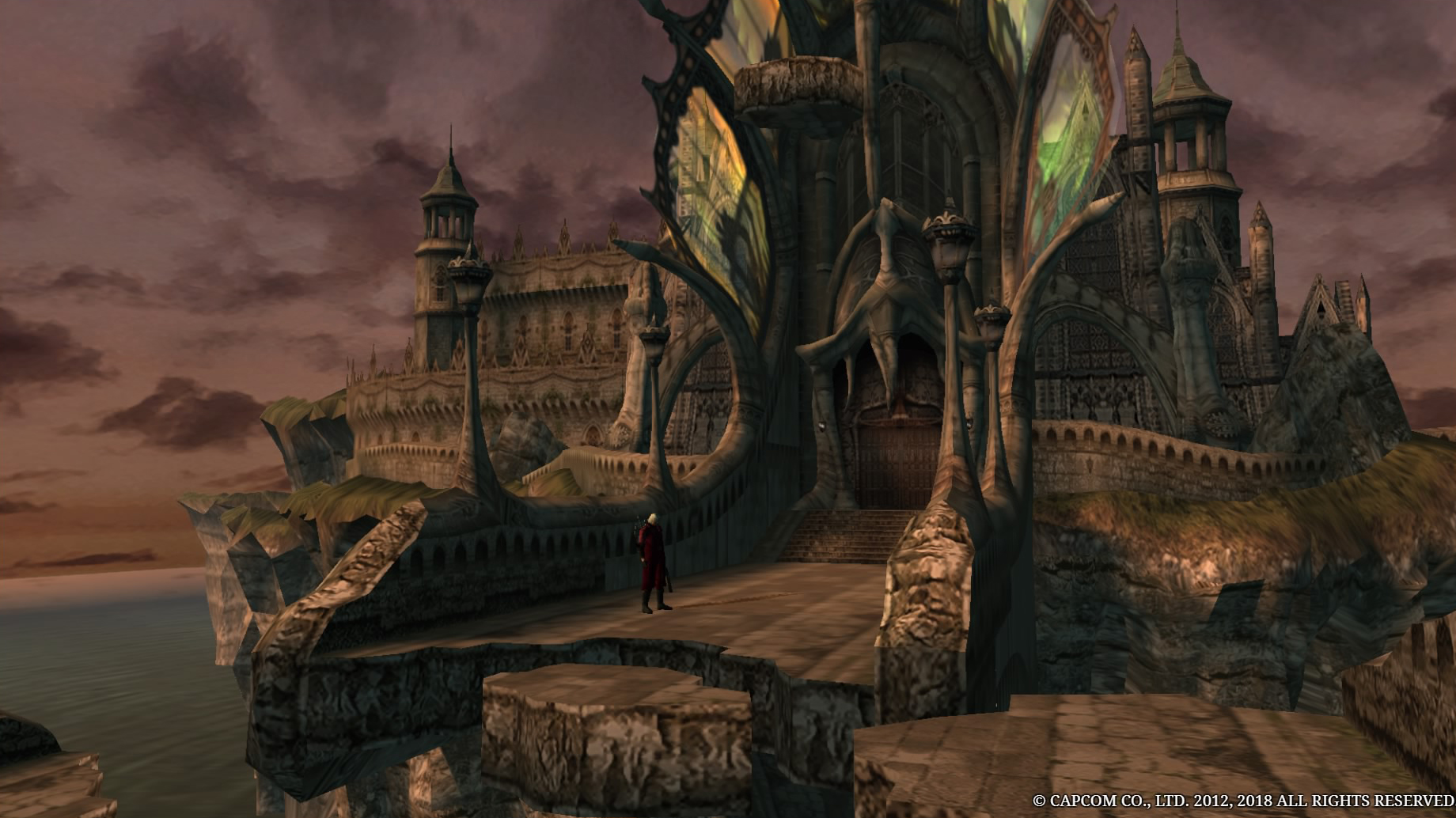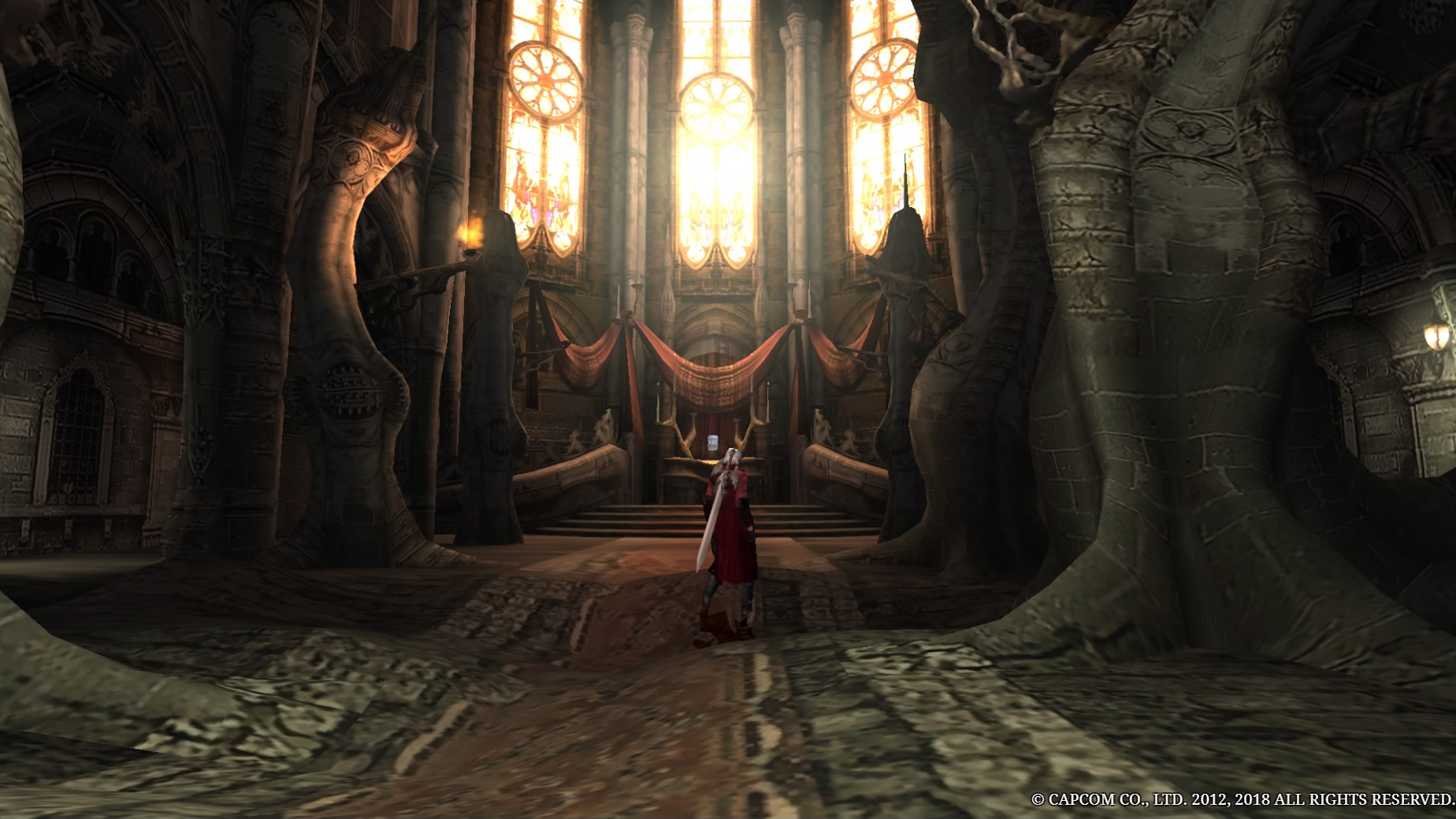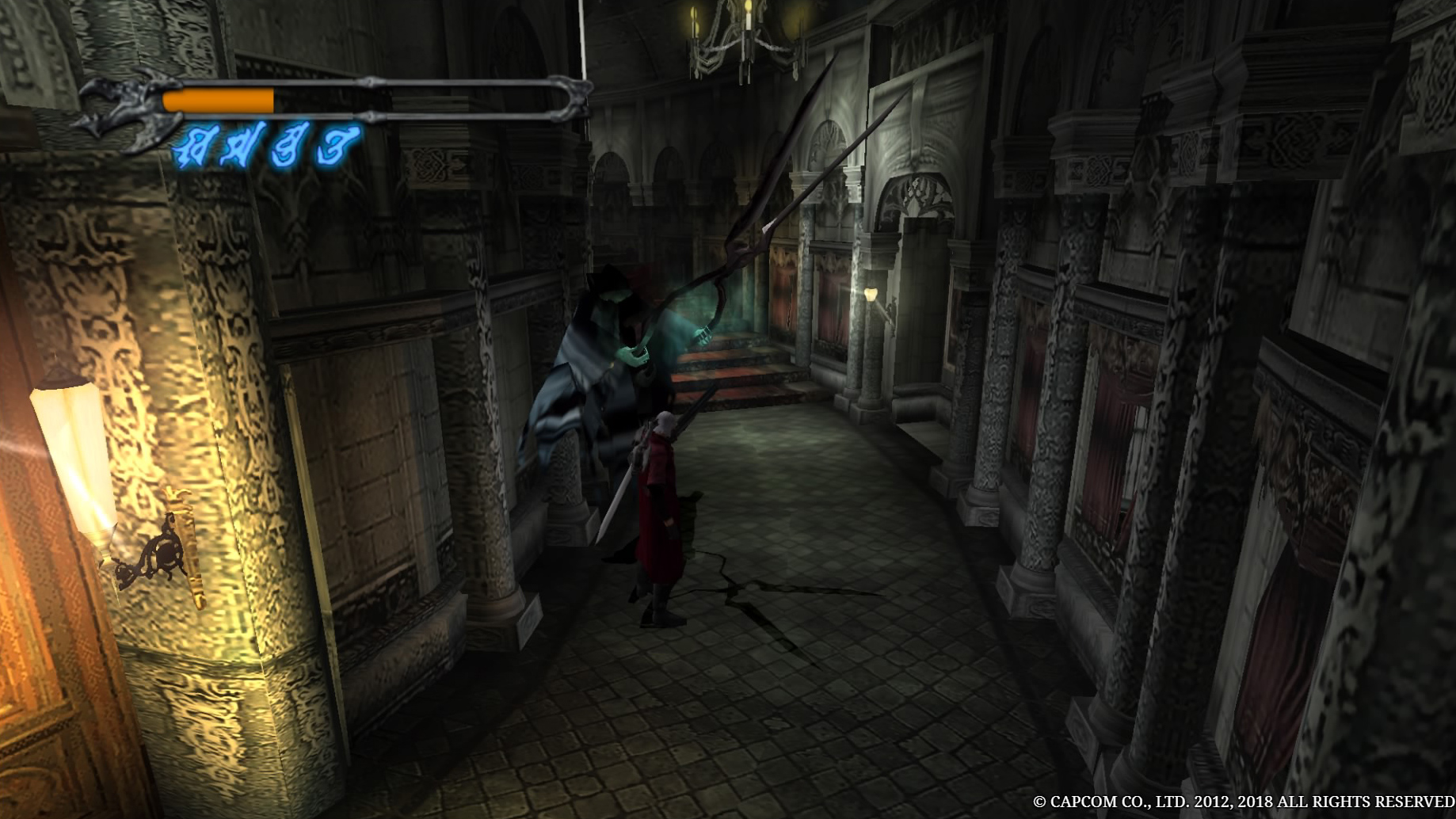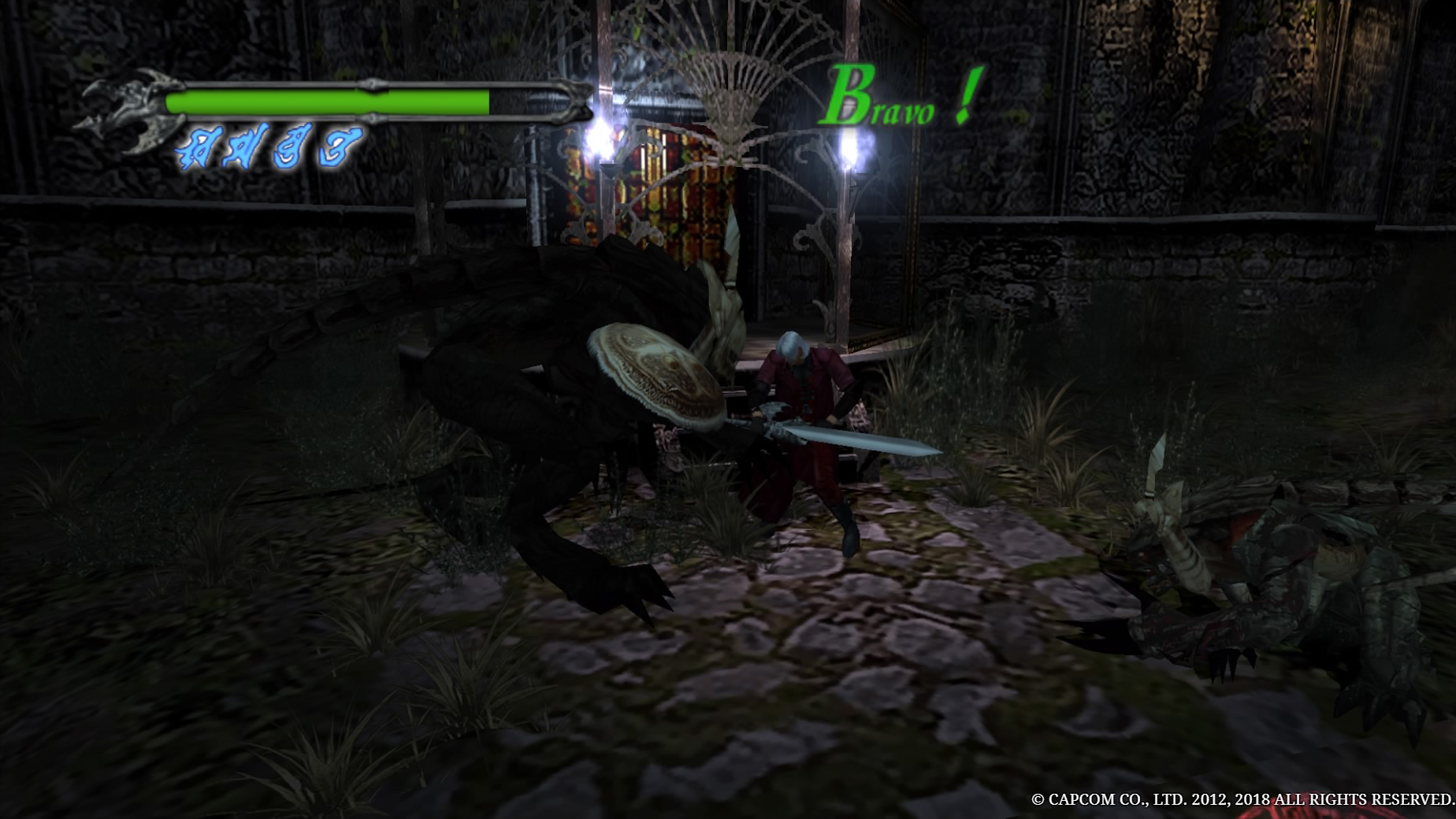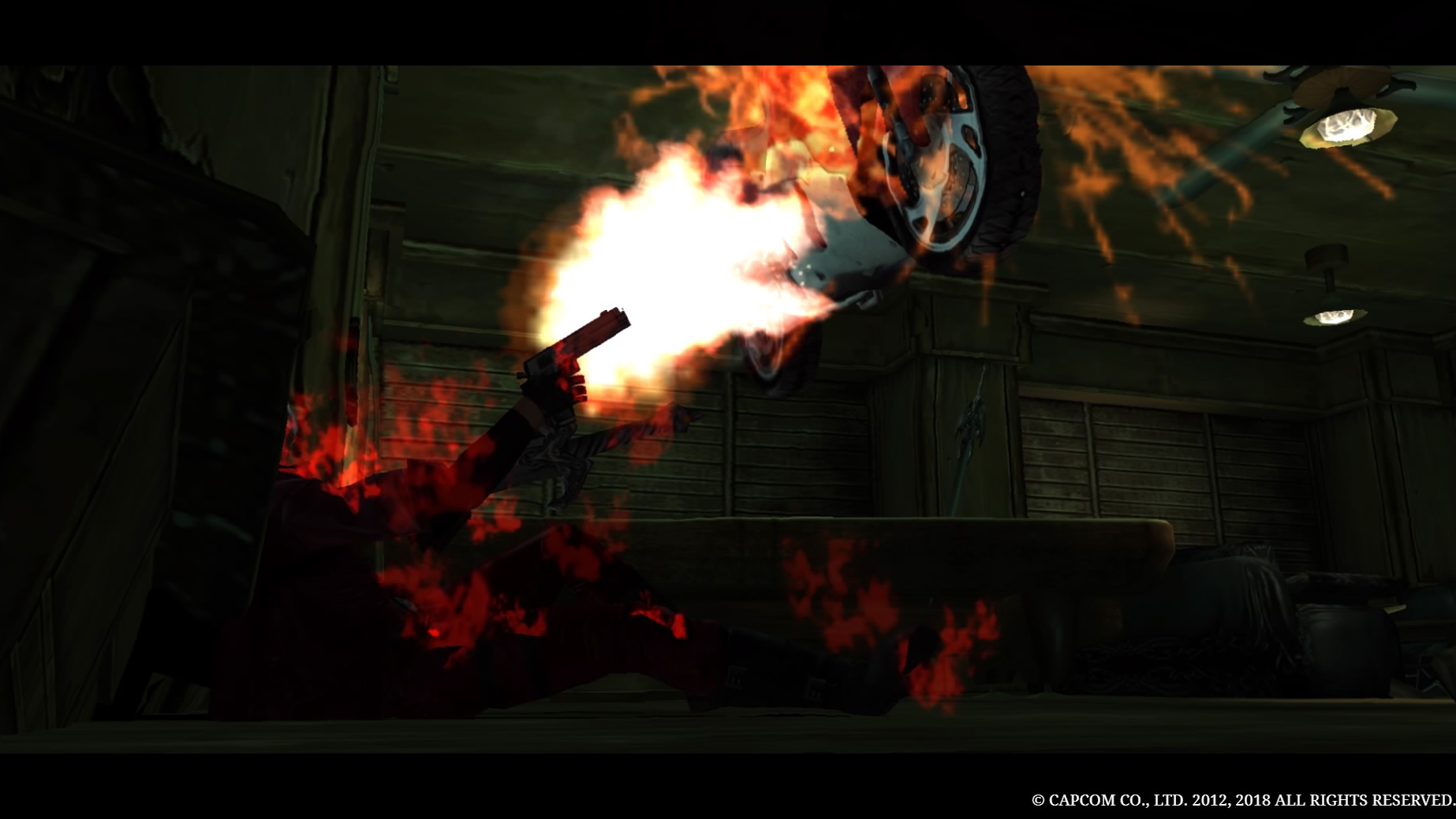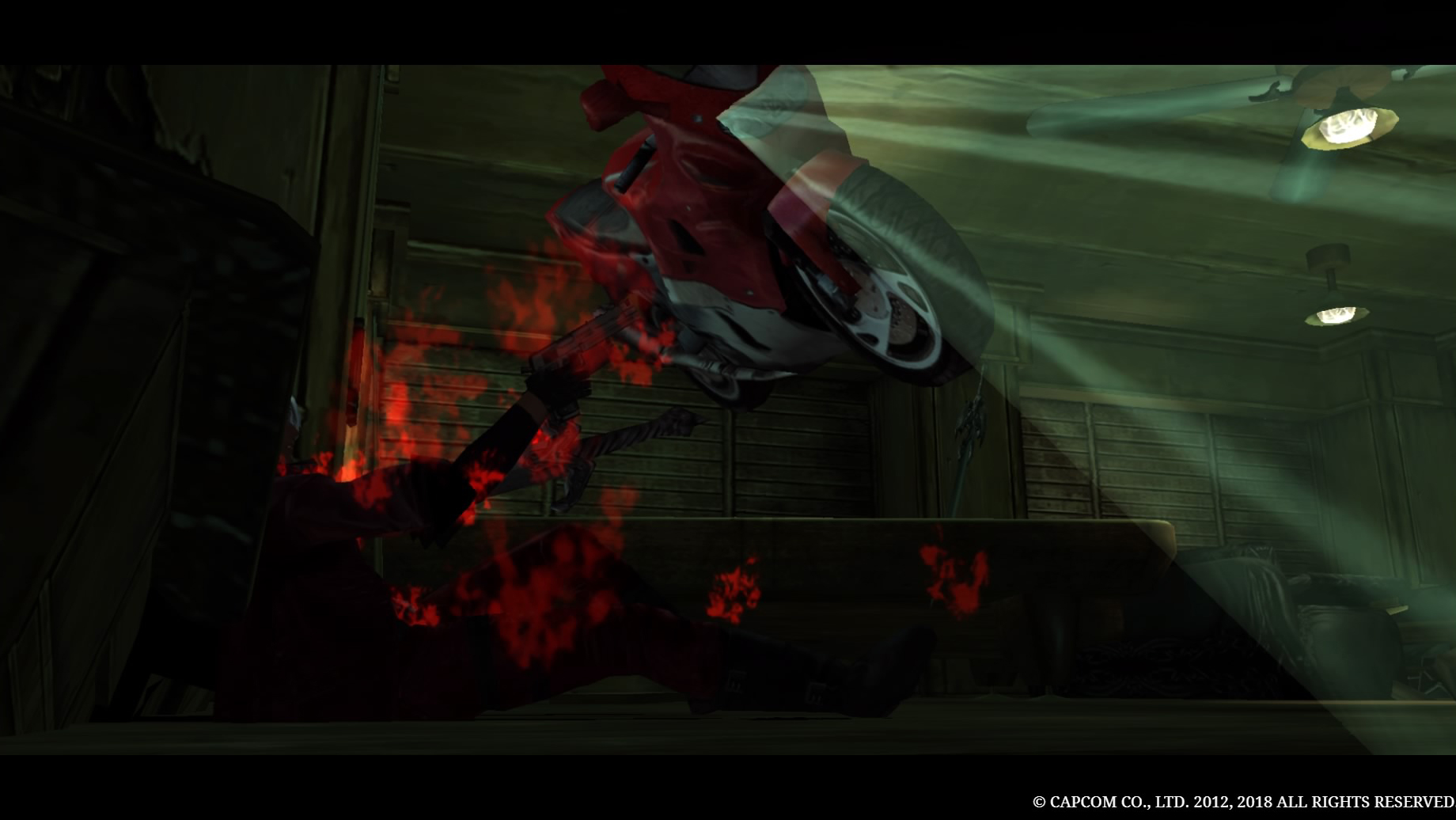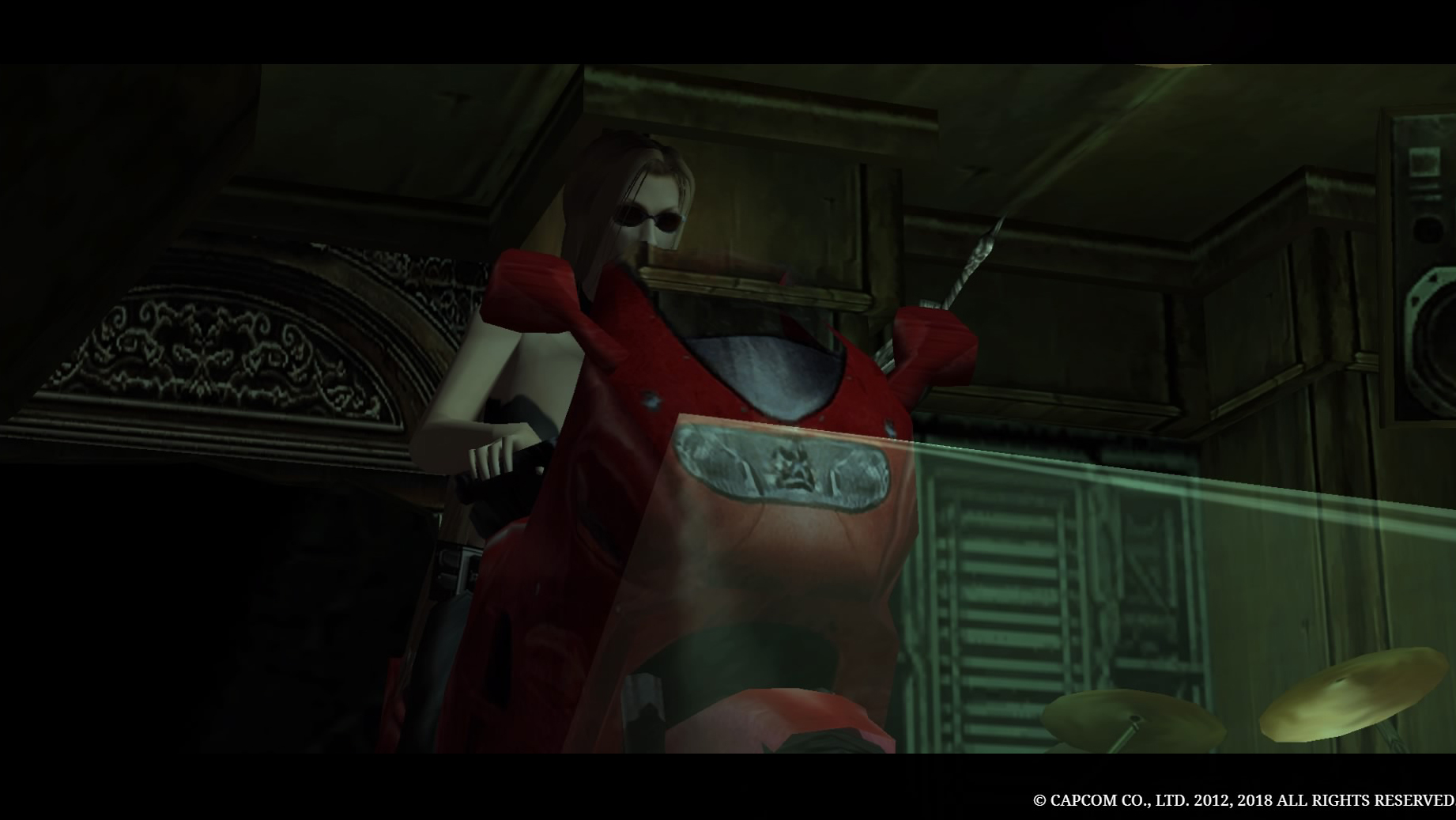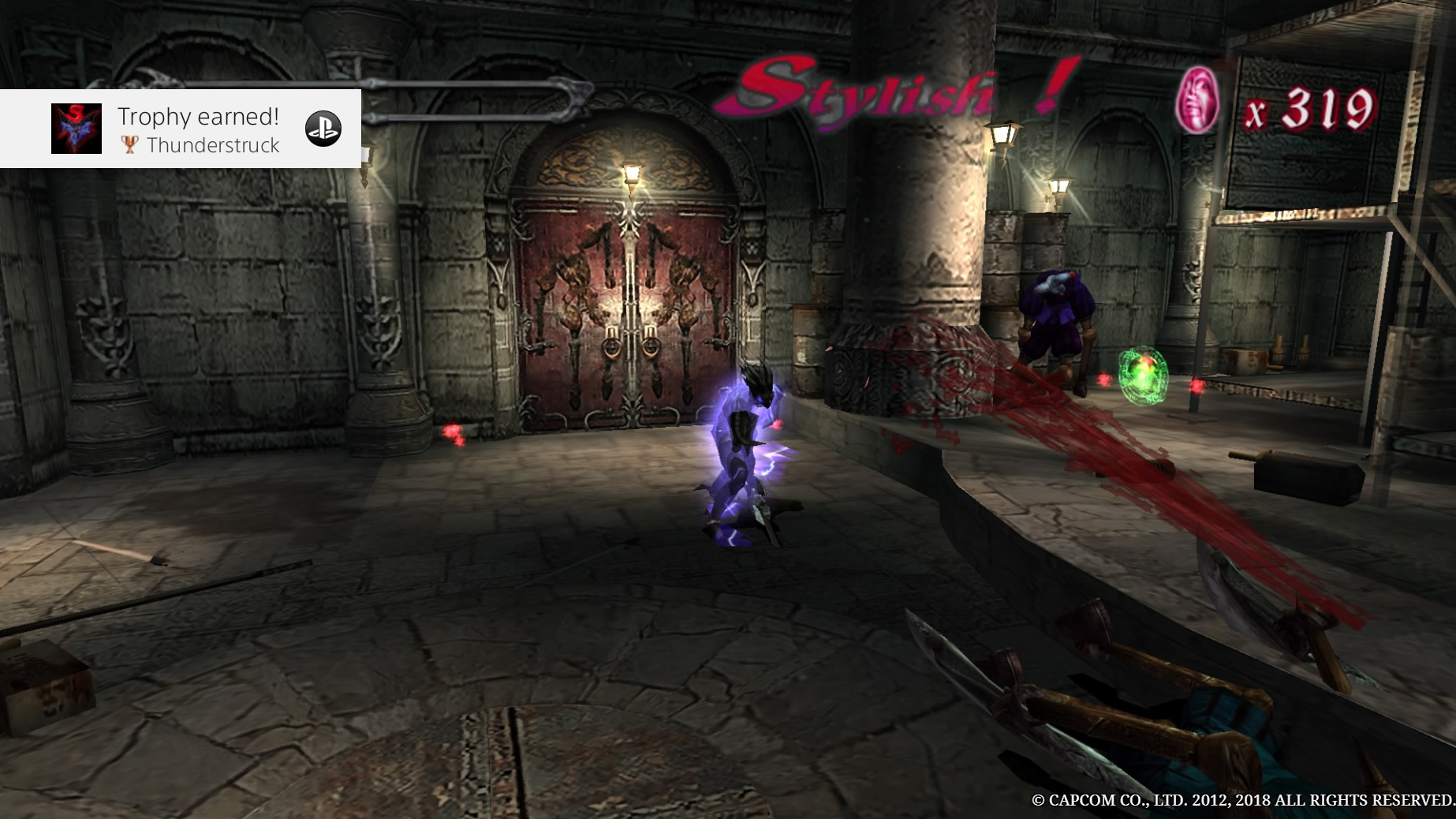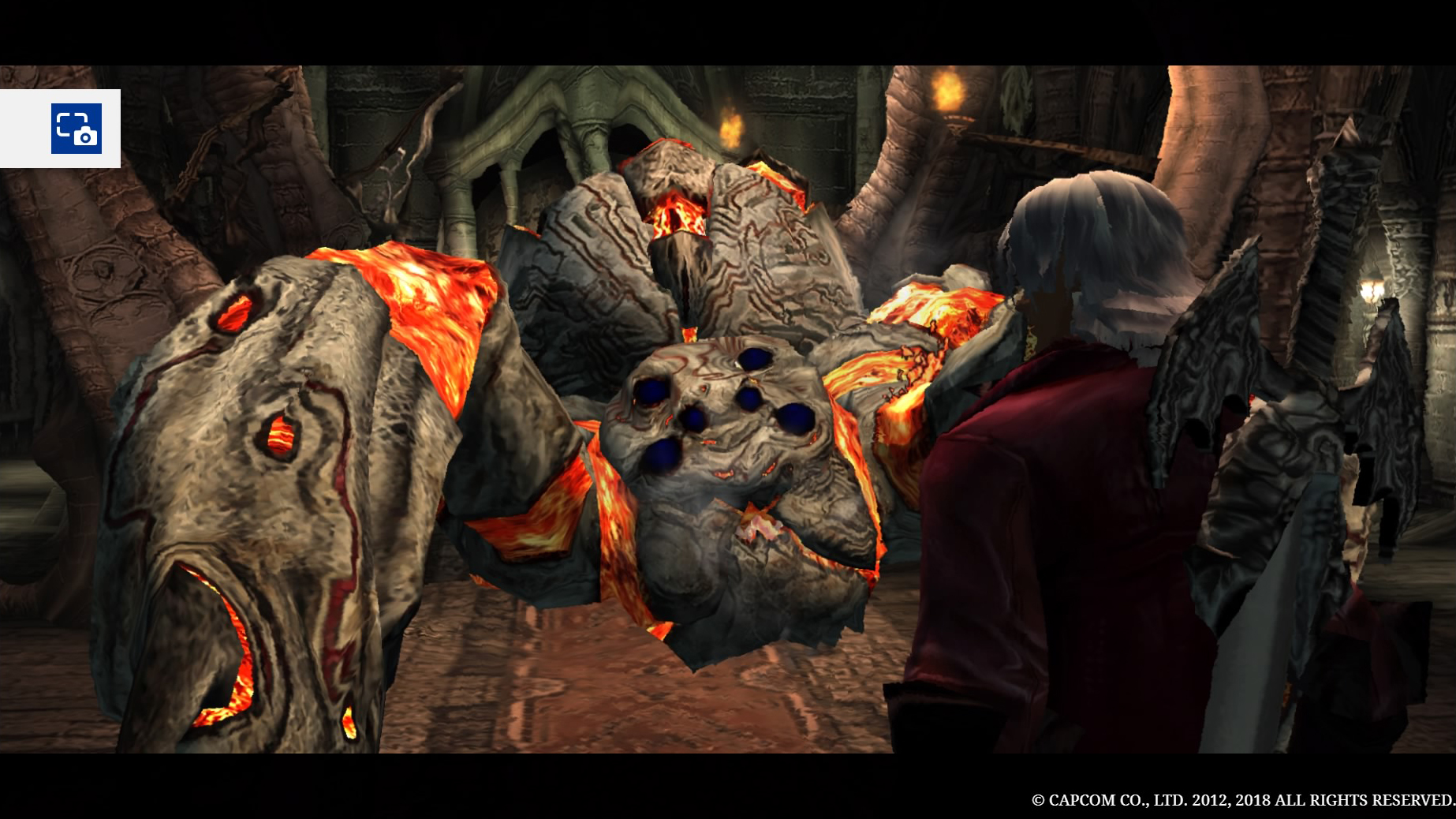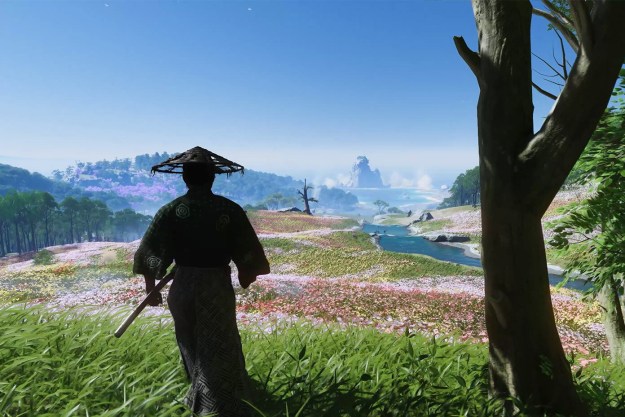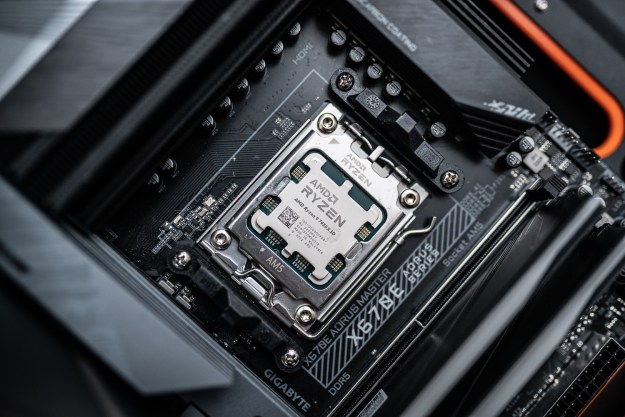No one has played every video game. Not even the experts. In Backlog, Digital Trends’ gaming team goes back to the important games they’ve never played to see what makes them so special… Or not.
In the opening minutes of the original Devil May Cry on PlayStation 2, a skinny blonde woman in black leather corset and sunglasses hurls a motorcycle over her head at protagonist Dante, a demon hunter wearing red leather trenchcoat. Our hero responds, not by dodging, but by grabbing a pair of pistols and shooting the bike so many times, it charges up with energy and flies back at her. The scene perfectly sets the tone for one of the sillier, most of-its-time games I’ve played in a long while.
One thought kept occurring to me over and over throughout: “Oh, this is stupid Dark Souls.”
Devil May Cry hits stores in 2001, when The Matrix was still the coolest thing that anyone could imagine: Nothing said “badass” like martial arts and BDSM clothing. As a teenage boy with a PS2, I was the primary audience for DMC, but I was busy pouring too many hours into mastering Final Fantasy X’s Blitzball, and the underbaked, but compelling combat of Bungie’s Oni.
Approaching it now with fresh eyes, since the original trilogy’s been remastered for PS4 and Xbox One, its influence on modern gaming is obvious.
Before Ninja Gaiden Black and God of War, Devil May Cry established the mold for fast-paced, combo-driven brawling. As expected, I could easily trace a direct line from DMC to more recent titles like Bayonetta and Nier: Automata that have expanded upon its core mechanics.
I went in expecting to observe an important, transitional piece of gaming history, and I certainly did, but one thought kept occurring to me over and over throughout: “Oh, this is stupid Dark Souls.”

Dork Souls
Or, more accurately, since the first Souls game came out eight years and one hardware generation later, Dark Souls feels like a cerebral version of Devil May Cry.
It has all the style of The Matrix, but none of the armchair philosophy.
Mechanically, getting from one to other is fairly straightforward: Take the precision brawling and crowd control of DMC and slow it down with shields, parrying, and a more effective dodge roll, and you have the measured combat of a Souls game. It’s far more punishing of your mistakes to keep the challenge up as the action slows down, but the underlying framework is the same.
The similarities run deeper, however. Like Dark Souls, DMC is set in a bizarre, gothic castle which you gradually open up and explore over the course of the game. Although it is divided into discrete, graded missions, your reflexive exploration plays out very similarly to a Souls game. As Dante, you continually loop back to old areas, revisiting areas you have already explored to reach new passages.
Both games feature mythic, underworld settings that draw heavily from Gothic and Christian imagery, but filtered through a Japanese sensibility and pointedly lacking any substantial Christianity. They adopt the trappings of Judeo-Christian monotheism, but substitute a polytheistic core, making their worlds at once familiar and strange to western gamers.
In Devil May Cry, you collect items with names like “Devil Star,” or a “Melancholy Soul.” Both games feature an internal logic that they are not especially compelled to share with the player. Souls just takes itself a bit more seriously.
To be clear, I’m not calling DMC “stupid” as a dig — it’s joyously, delightfully over the top and devoid of narrative stakes. Like Chris Hemsworth’s Thor, it’s a goofy jock that’s there to kick ass and have a good time. It has all the style of The Matrix, but none of the armchair philosophy. Dante’s cocky attitude colors the game with snarky commentary throughout, keeping the player at an ironic distance. The game may ostensibly be inspired by The Divine Comedy, but don’t expect any moralizing.
I contain multitudes
Devil May Cry’s bizarre world is essentially set dressing for its intense combat, your mastery of which remains the game’s focus. Dark Souls takes the opposite approach — the player’s primary impulse is to explore and understand the world, and combat is a means by which the player interacts with it.
The PS2 era was a fertile and exciting time for game design, especially coming out of Japan. The crude experiments of the PS1 matured, but had not yet codified into the genres that would dominate the following decade. Devil May Cry is exemplary of its time not just because of its charmingly early-aughts teenage boy sensibilities, but also because of its fresh, but polished gameplay, so confidently itself that it contained the seeds of several, divergent genres.
The design space that DMC created has had a population explosion in subsequent years, but for a game nearly 20 years old, the original holds up surprisingly well. Any individual part of its design has been surpassed through iteration, but nothing has quite captured its particular sensibility.
